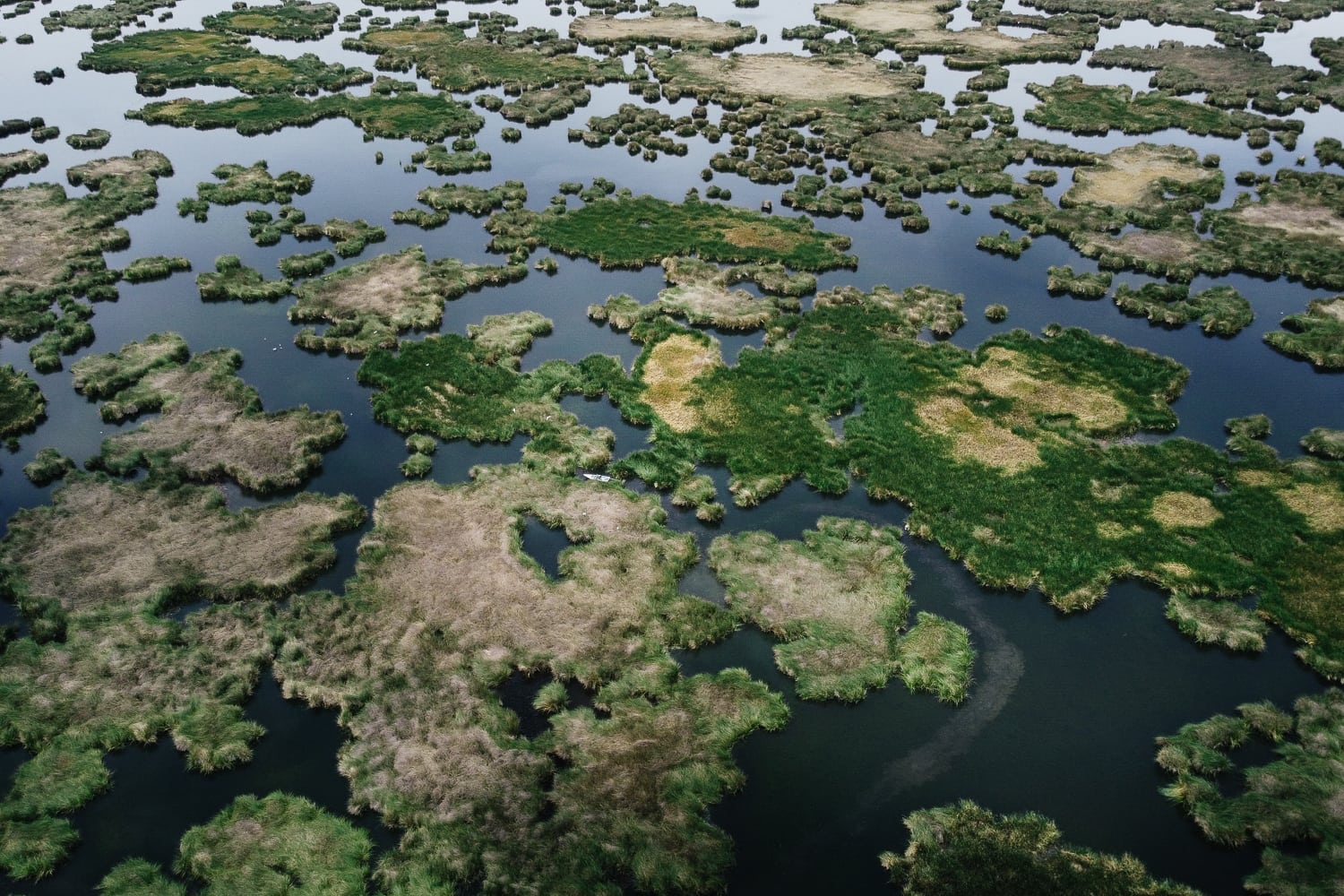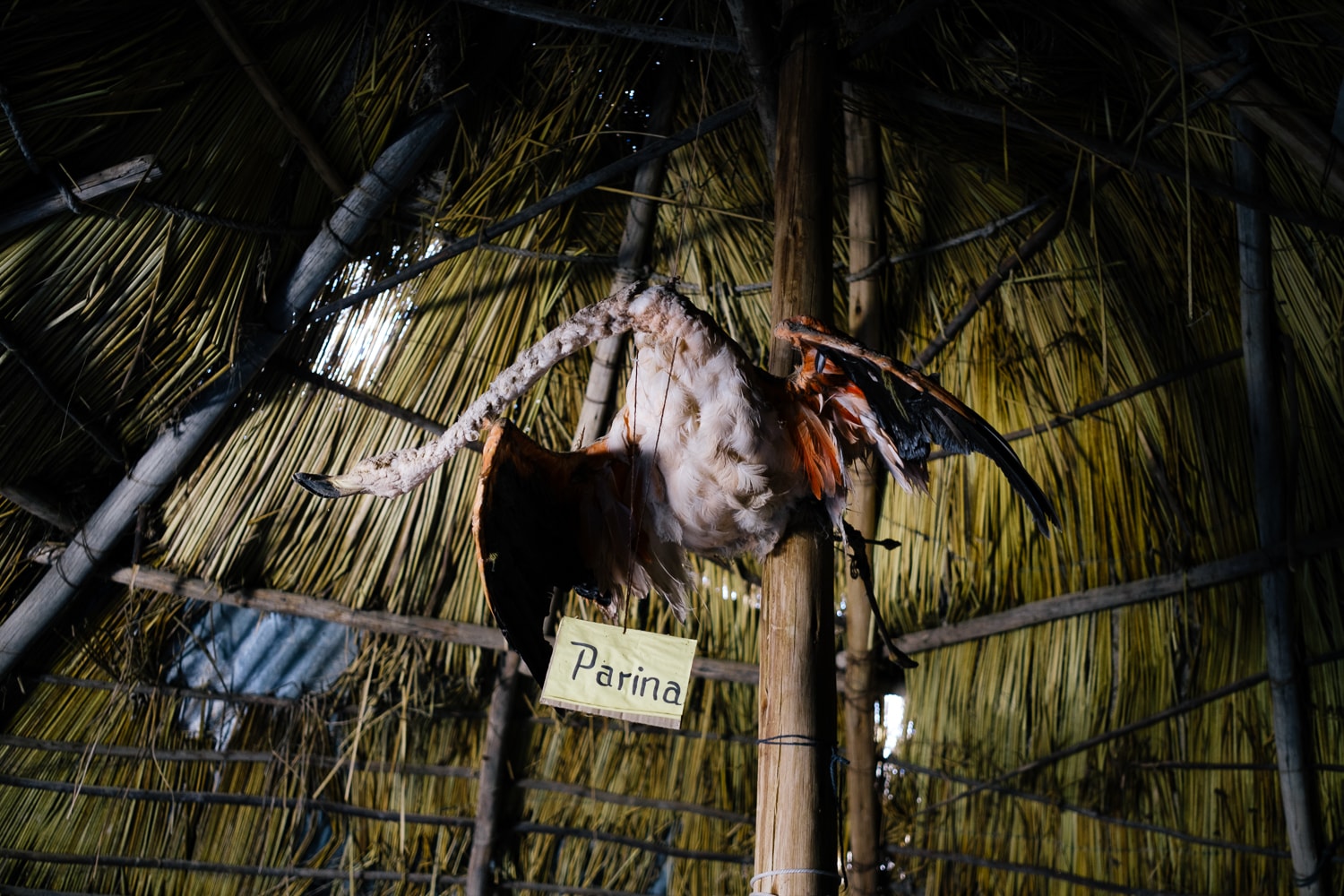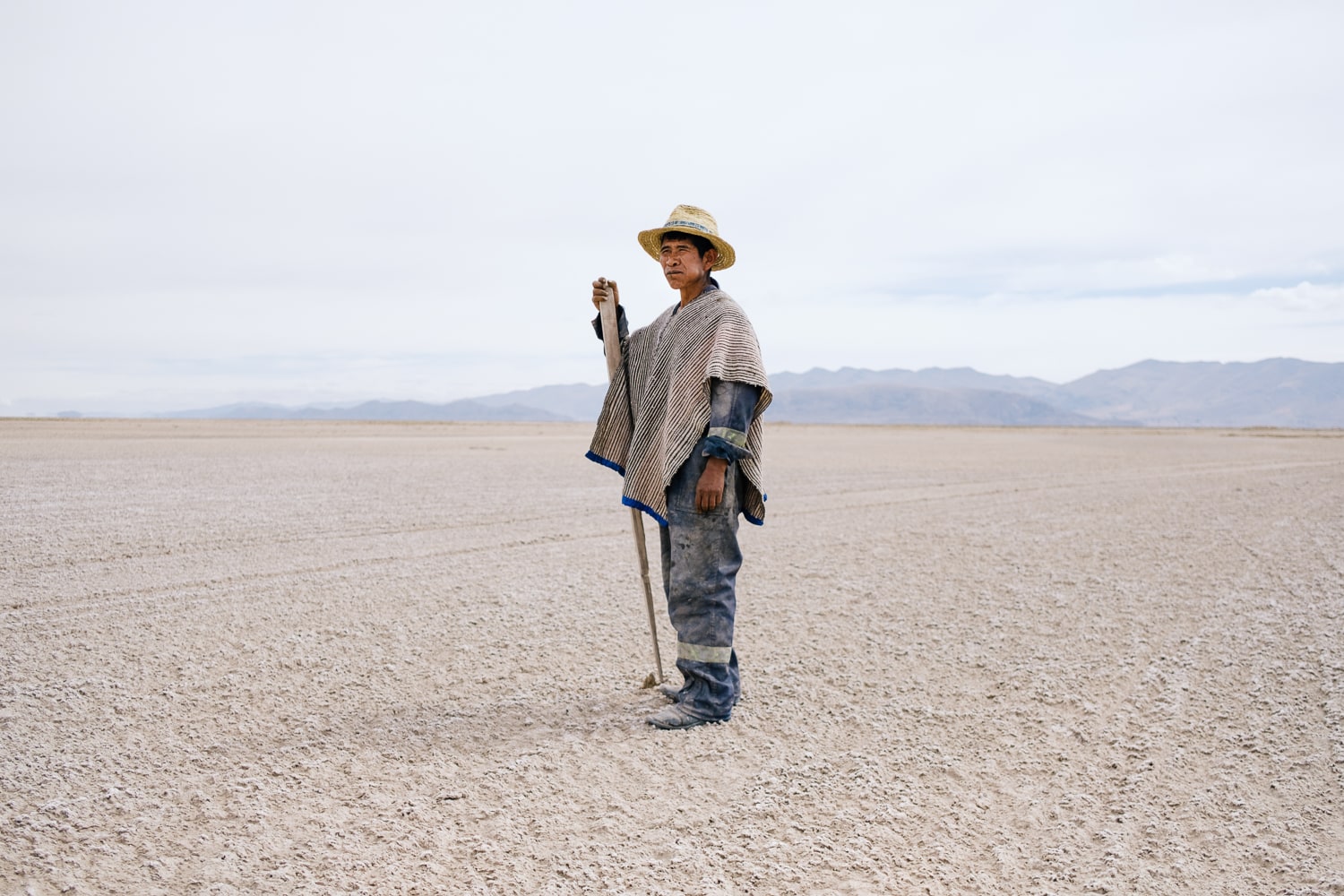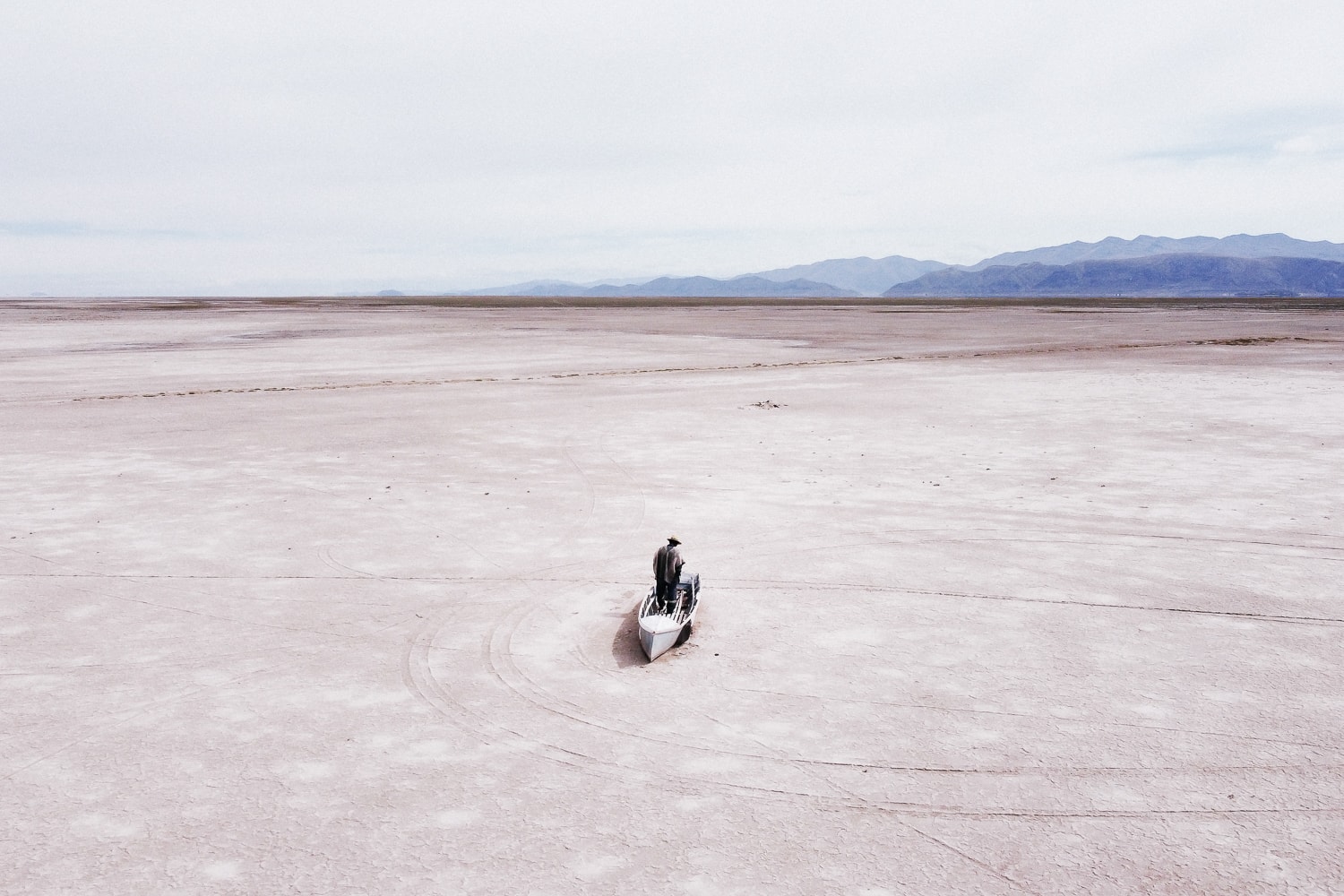
Titicaca and pollution: what will we do when the lake dies?
In 2015, thousands of dead animals appeared on the shores of Lake Titicaca, which has beaches in Peru and Bolivia. That year the rainfall level had been deficient, and the little lake reduced its level to one meter deep. In that year, organic waste from the cities acted as a surplus of nutrients, and algae took over the whole place, reducing the oxygenation of the water and the entrance of sunlight. Lake Poopó, Bolivia’s second-largest lake, dried up that same year.
In 2018, Bolivian Manuel Seoane, photographer, musician, civil engineer, and master in hydrology, started a photographic research project accompanied by scientists to record and denounce the high degree of contamination on Titicaca lake. With his project, he wants to tour and record what is happening in the basin, including the great and little Titicaca lake, the Desaguadero River, and Lake Poopó.
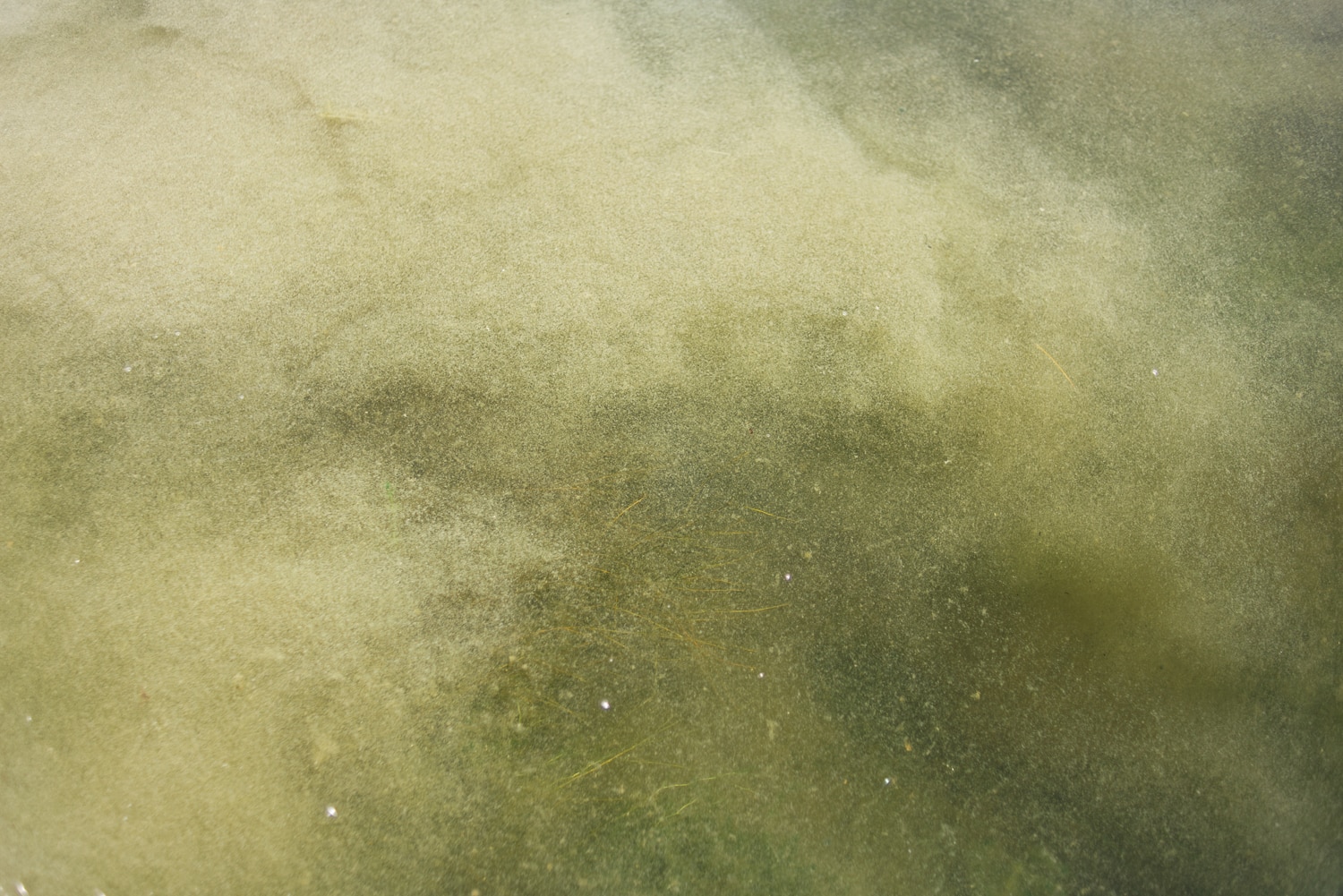
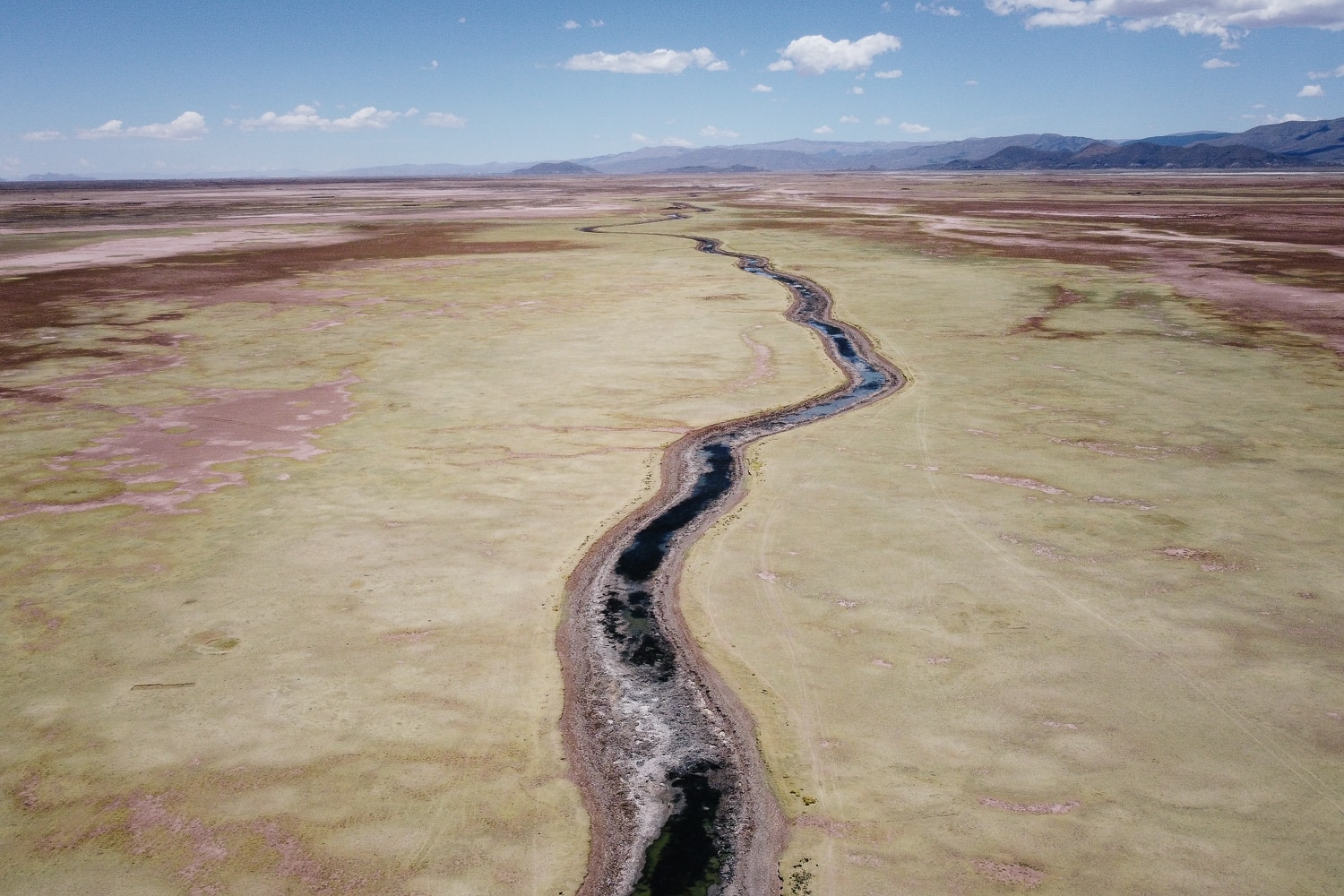
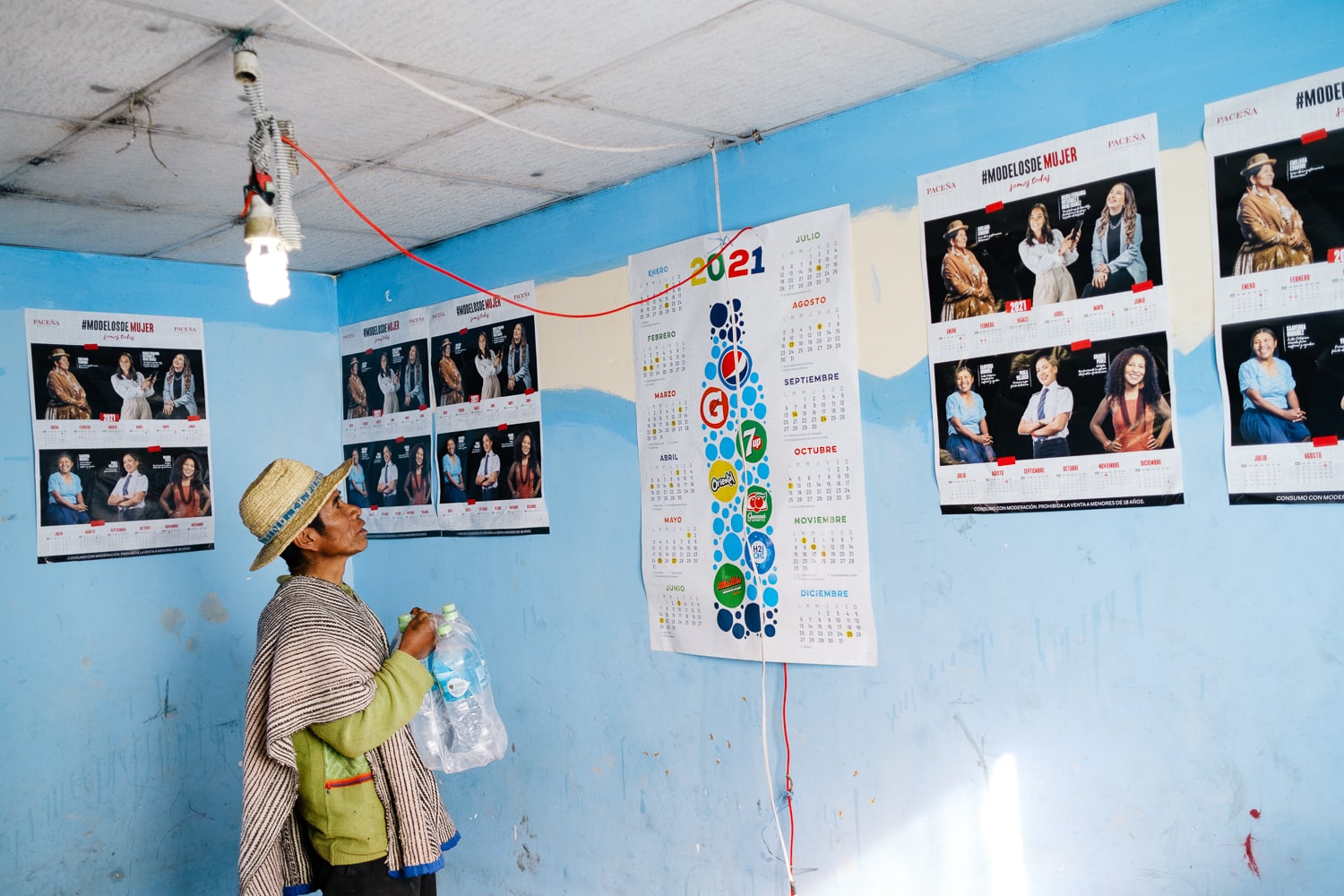
How did you start your work about water?
In 2018 I won the Reuters grant and reported on pollution in Titicaca. The Titicaca basin, which includes Lake Poopó and the Desaguadero River, is the only body of water of considerable magnitude that the central Andes have. The Andean altiplano is a desert; if there is any place where there is richness, vegetation, and where a very diverse ecosystem develops, it is in Titicaca. La Paz, Puno, and El Alto: Together, we have more than three million inhabitants and depend on Titicaca’s waters.
In that report, I worked with a hydrologist from the French cooperation. He said that since the Titicaca is large, it is not at obvious risk, but there are risks that one does not see and does not perceive because of that magnitude. Climate change is accelerating the thawing processes of the glaciers in the Andean area, and they are the source of water for the three cities. The Titicaca should be the water reserve for the entire population, but we are contaminating it with mining waste and wastewater from the cities. Although it is unpredictable to know when such a body of water may die, we are certainly on that path.
What I want to achieve with my project is to bring the issue to society’s attention so that the state and institutions take the necessary measures.
In 2015, with the excess of organic waste that reached Lake Titicaca, there was an alga bloom in the smaller lake, reducing the animal population, limiting the entry of sunlight, and affecting oxygenation. That same year, Lake Poopó dried up. For me, what happened to Poopó is a sign. Nobody cares about that lake because only three indigenous communities live there. The state has done nothing all this time, despite being a government claiming to be an indigenous people’s ally. Now, I want to understand this situation from the communities that inhabit this region.
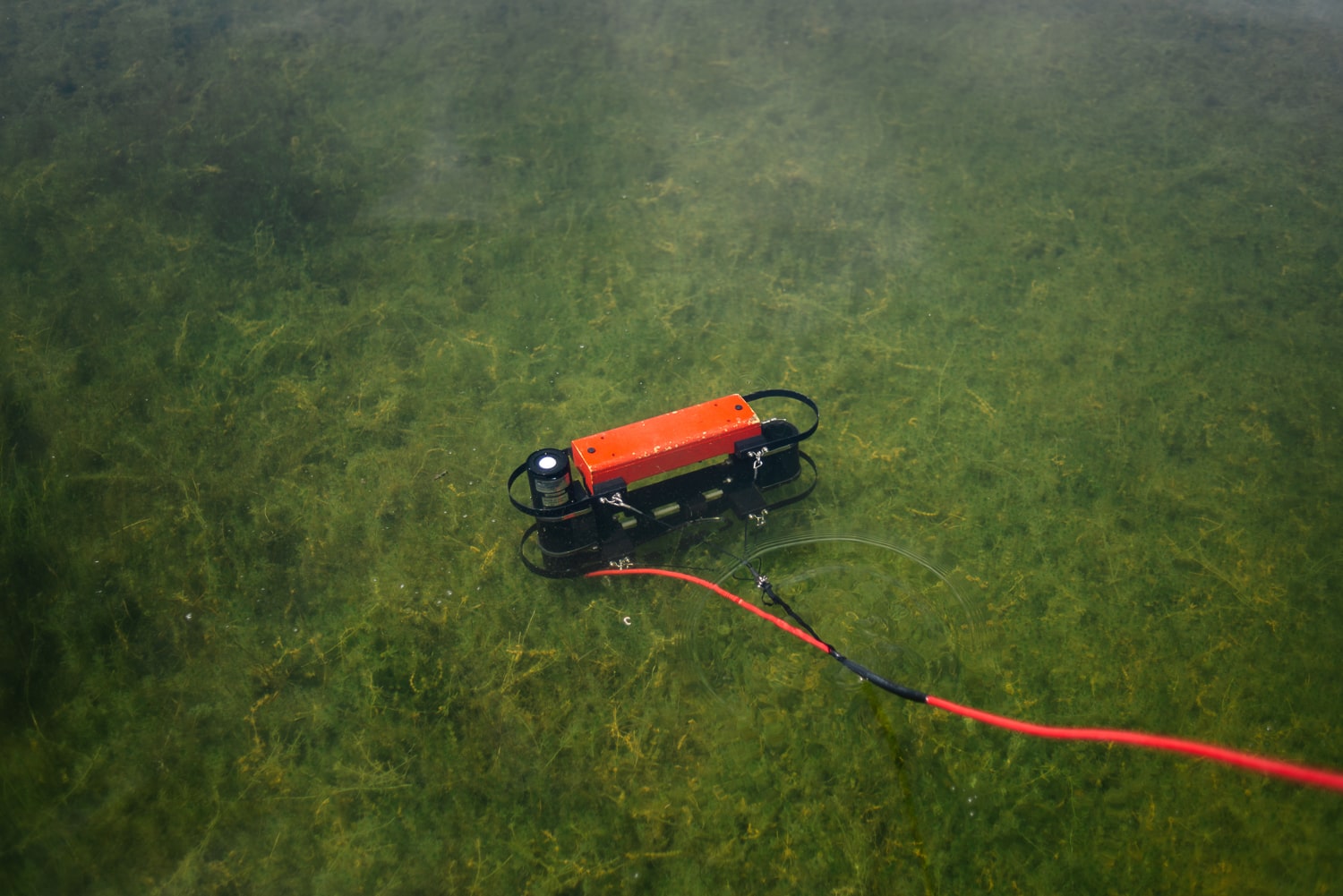
Which communities are these?
Mostly Urus. They have lived all their lives in the water, older than Aymara. They built reed islands and made their houses there. When strangers came, they would leave their homes and circle the lake searching for fish and birds. They are not farmers; they have always been hunters and fishermen. Since the drought of the lake, state abandoned them to their fate. There are conflicts with the Aymara, who are the majority and farmers. There are also communities in Titicaca, but the Poopó communities are affected.
The Urus does not have land because they are from the water. With the drought, other populations are taking the land that used to be part of the lake. These days it is raining a lot, and I will photograph the moment when this area recovers its vitality. Water is the only hope for this community.
Research shows the lake did not dry up because of the lack of rain but water management in the higher areas. There are diversions of the river to attend to crops and mining.
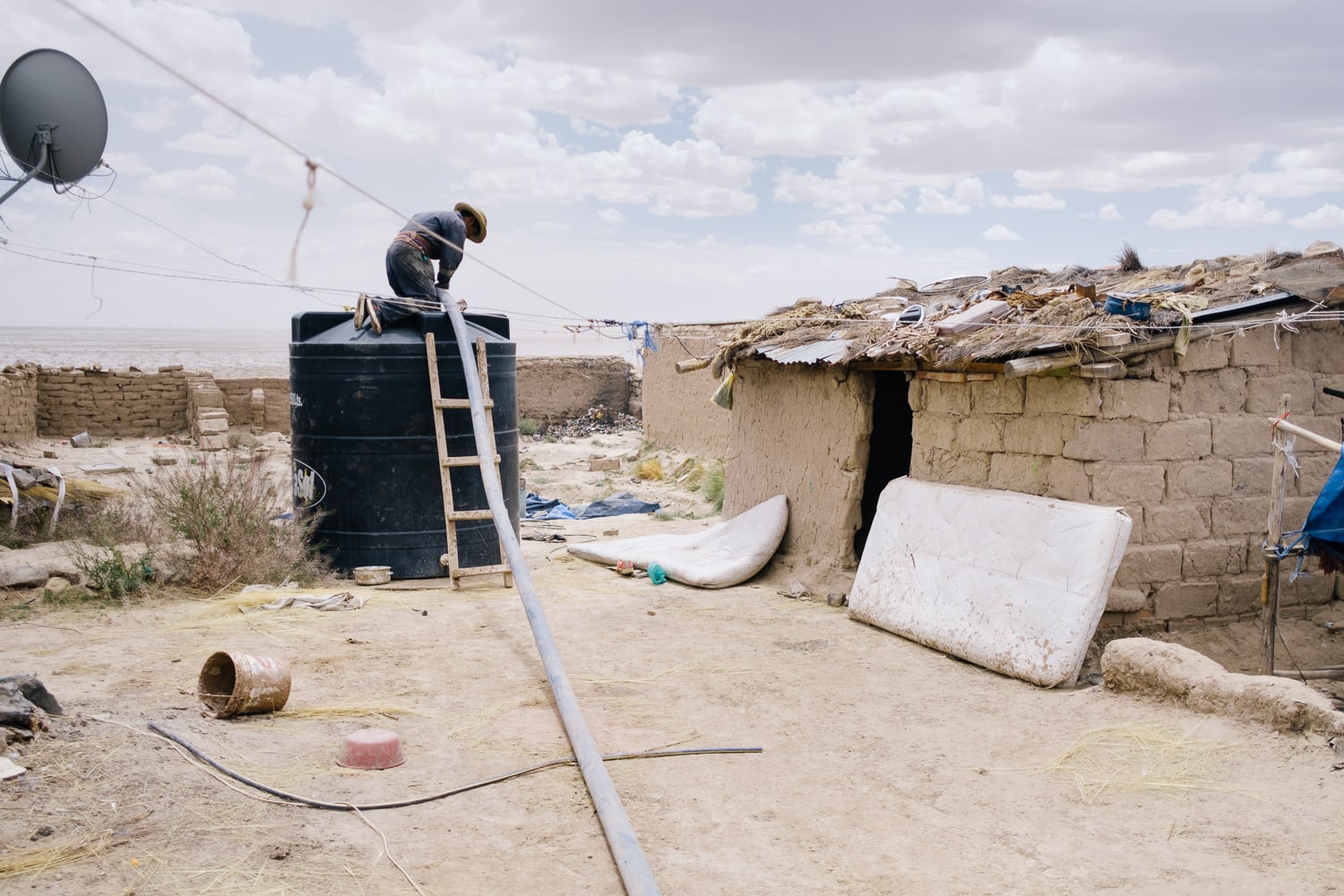
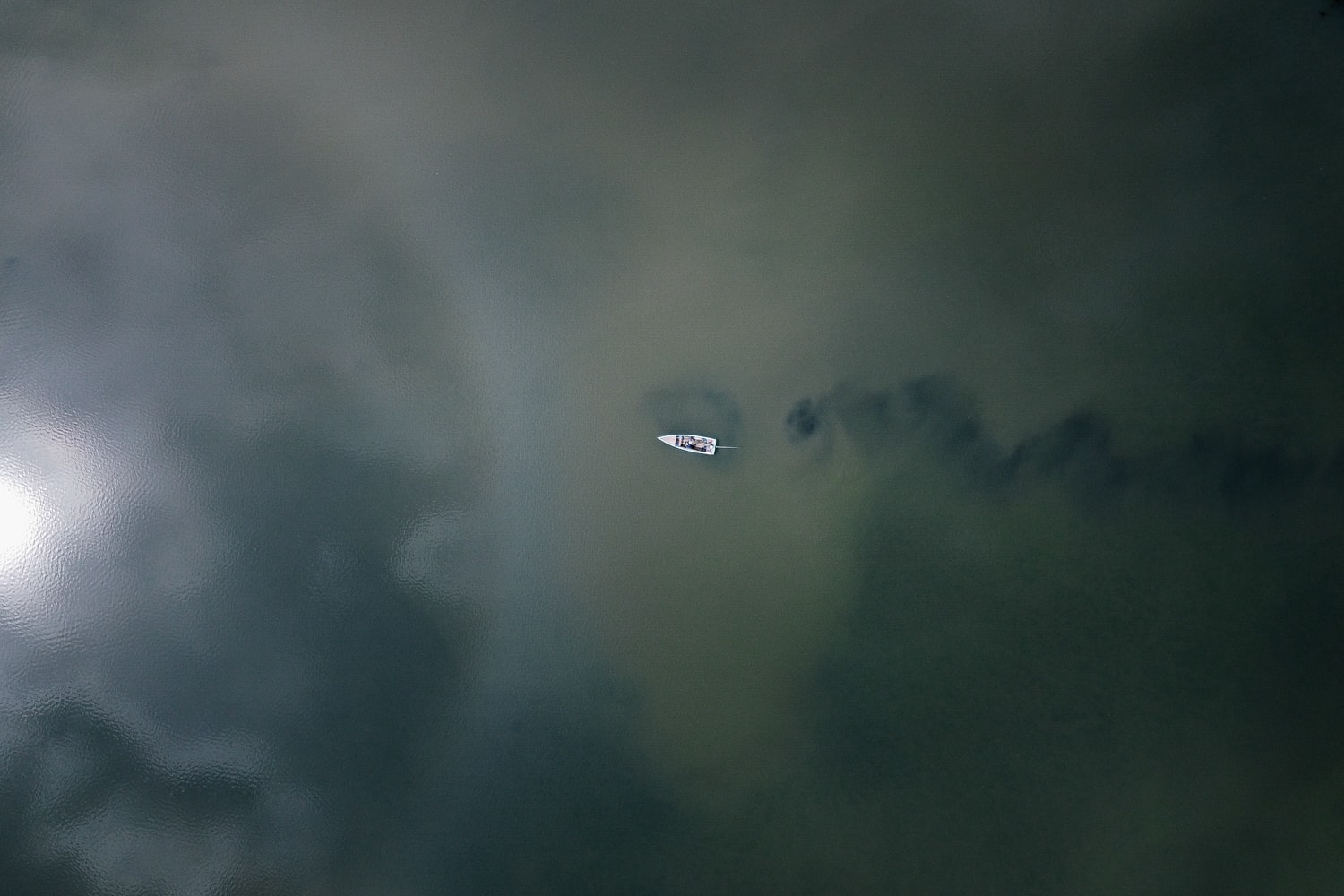
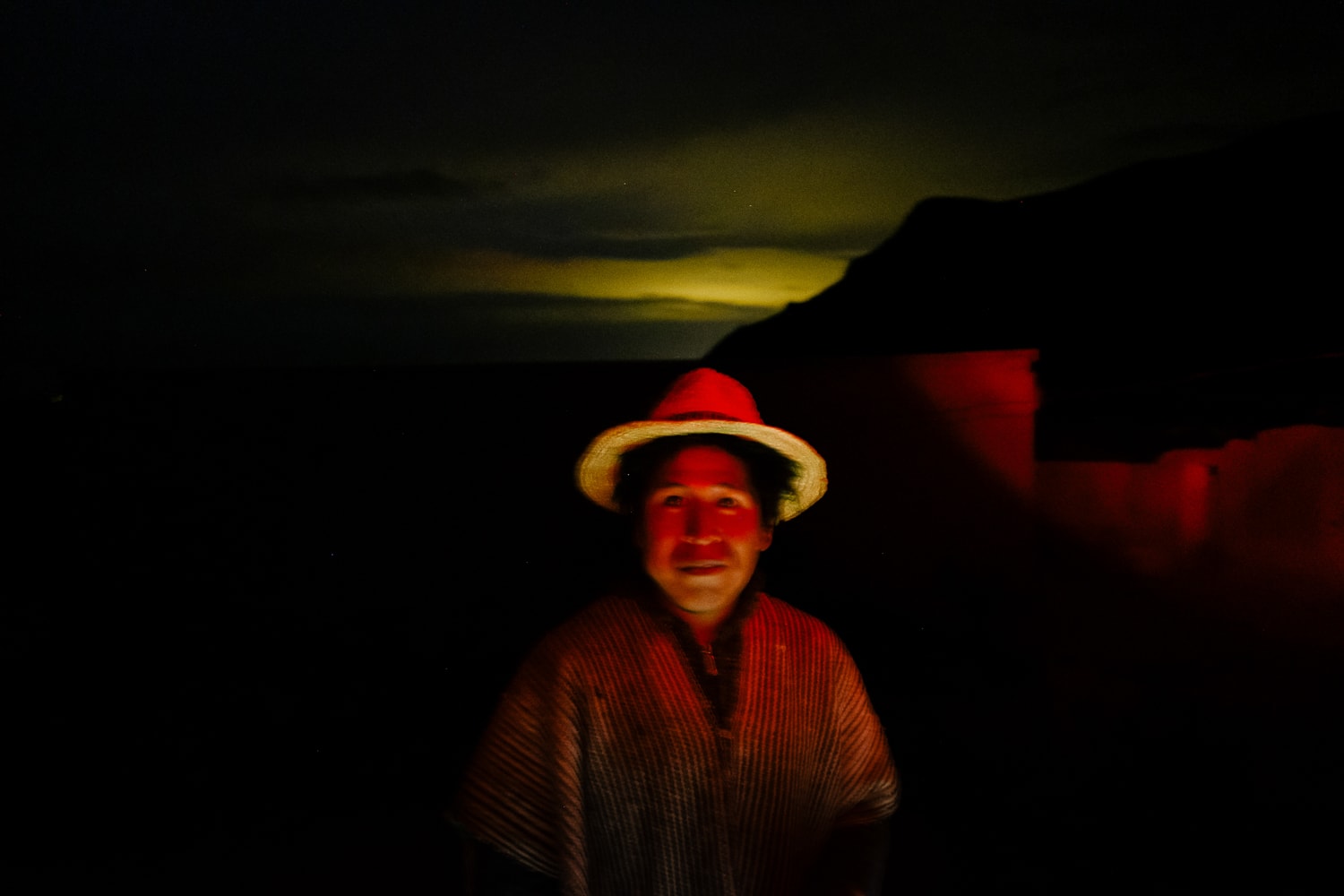
A few years ago, Bolivia went through significant struggles and demonstrations against water privatization. How does this connect with what you are recording?
It was precisely in those mobilizations for water and gas that Evo Morales made his first appearances, and that is when a political change began. A few weeks ago, some organizations came out of Cochabamba, where this struggle for water and gas took place, asking and questioning where that political agenda was. The fight initiated, and they achieved to avoid privatization was avoided, but they forgot fundamental issues like the right to free and quality water.
In the end, water is given private use for agriculture and mining, and the fundamental right of the Urus to water is not guaranteed. For example, they now depend on a water tanker. There was hope for change, but the current reality is that the sector representing the country’s highest economic income is the mining-energy sector. The state does not touch a hair on their heads.
